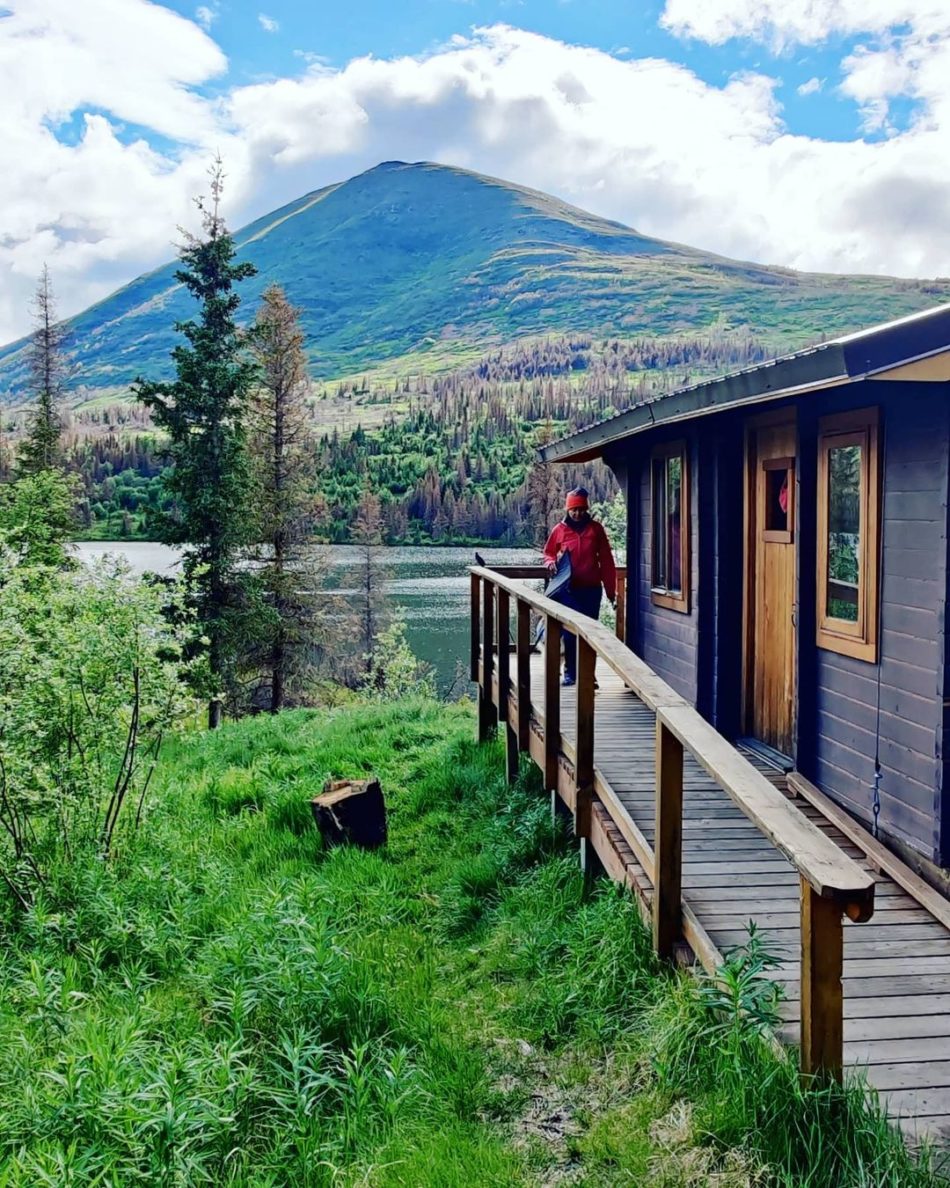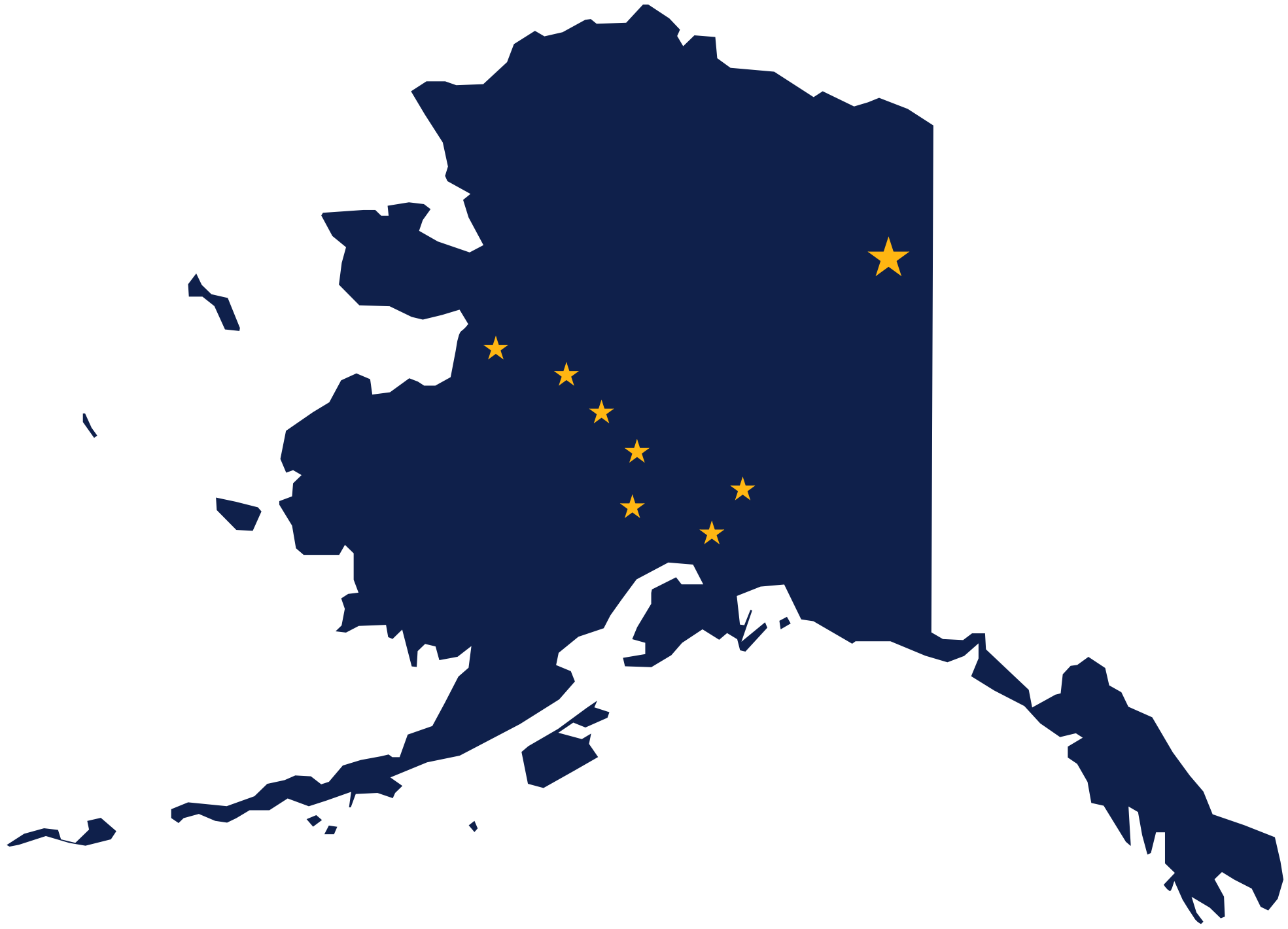
Hike Resurrection Pass, Cooper Landing
What: Resurrection pass is one of the most popular trails on the Kenai Peninsula which is often enjoyed via hiking as a multi night backpacking trip, or as a biking day trip. At 40+ miles and 6000 ft of elevation gain, this hike is rated as Moderate.
When to go: Resurrection Pass can be accessed year round, however, summer is definitely the best time to go to make the most of the trail. The snow has usually melted enough for summer hiking between mid June to early October. Between October and April, you’re likely to find snow on the trail, but it can still be a great experience to hike in or ride via fatbike.
How to get there: https://goo.gl/maps/RoZDwmW9FNw8iZtd7
Alltrails link: https://www.alltrails.com/trail/us/alaska/resurrection-pass-trail–3
Tips:
- If backpacking this, most people do the hike from north to south. This direction provides a long gradual climb with any steep climbs and saves the best views for the last. There are a few alternatives to doing it this way – some people may prefer to start at the south end and hike out and back to the pass. Alternatively, you can hike to the pass via Devils Pass trail and then choose to finish by going north or south from there (this will trim the hike down to about 30 miles). It’s worth investigating a few different options to decide what works best for you.
- If backpacking the full trail, I would definitely recommend 2 nights as a minimum, and 3 to 4 nights as a more comfortable pace. One of the best parts of this trail is the state maintained cabins every 5 to 10 miles along the trail. For peak summer travel these cabins get booked up well in advance – however, if you’re on top of it you can usually snag it when they become available 6 months prior to the date on recreation.gov. You can use these cabins to space out your hiking in manageable chunks – for example, you could reserve caribou creek cabin, devils pass cabin, and juneau lake cabin to break up the 40 mile trek into ~10 mile days each day. Even if you can’t reserve a cabin, there are some great designated campsites along the way with bear storage and bathrooms. Download the “resurrection pass north” or “resurrection pass south” map to see these locations.
- The north part of the trail is great, but the first 10 or so miles are in the tree line and don’t offer as expansive of views. If you’re short on time or don’t want to hike the full distance, I would definitely recommend doing an out and back from the south side or using Devil’s pass to cut down the distance.
- Despite being long with decent elevation gain, the trail is not difficult at all. The trail is typically plenty wide for hiking/biking, and you’ll usually be walking on nice flat dirt. However, you will likely encounter stream crossings, and may have to traverse across snow sections if going early/late in the summer season.
- The trail is easy to follow and you won’t get lost. However, it’s still worth having a physical map or alltrails route downloaded onto your phone. Since you’ll be in the backcountry for multiple days without cell reception, it’s also worth having an increach device. This area is popular for bears so definitely bring appropriate protection.
- The best highlights along the trail are the views at resurrection/devils pass, the views heading down from the pass towards juneau lake, the juneau lake and canoes on it, and juneau falls near the south end.
- There are two different options to end the south portion of the hike – to head to the traditional resurrection south parking lot, or to head to snug harbor road. I would recommend the traditional route since you’ll pass by juneau falls which is well worth seeing. However, be warned that the section from juneau falls to the parking lot can get very overgrown.

Comments